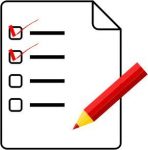 Well, the end of term is in sight! End of year reporting is in full swing and the Understanding Our World® activities are designed to keep students engaged whilst minimising requirements for teachers, especially over these critical weeks. The current activities for all year levels are tailored to require minimal teaching, allowing teacher aides and other helpers to assist students while teachers can be free to concentrate on reporting and other requirements. All year levels have now passed the threshold of completing all curriculum material for the year for all HASS subjects as well as Science, so no more formal assessment is needed. The final weeks are focused on fun, whilst carrying the themes covered earlier in the term, and year, forwards, so that the fun enhances the learning, rather than detracting from it.
Well, the end of term is in sight! End of year reporting is in full swing and the Understanding Our World® activities are designed to keep students engaged whilst minimising requirements for teachers, especially over these critical weeks. The current activities for all year levels are tailored to require minimal teaching, allowing teacher aides and other helpers to assist students while teachers can be free to concentrate on reporting and other requirements. All year levels have now passed the threshold of completing all curriculum material for the year for all HASS subjects as well as Science, so no more formal assessment is needed. The final weeks are focused on fun, whilst carrying the themes covered earlier in the term, and year, forwards, so that the fun enhances the learning, rather than detracting from it.
Foundation/Prep/Kindy to Year 3
![]() Our youngest students in standalone Foundation/Prep/Kindy classes (Unit F.4) or integrated with Year 1 (Unit F-1.4) are doing the final preparations for their play next week. Costumes should be finalised, whilst the students practise their lines and using props. Those classes which have chosen not to dress-up should be finalising their drawings of their characters and the equipment they could use. Students will say their lines and explain their drawings and what their character is doing. Students in Years 1 (Unit 1.4), 2 (Unit 2.4) and 3 (Unit 3.4) are also preparing for their presentation or dramatisation next week. Students in Year 1 are considering the roles of each member of their role-play family group – who does the cooking or cleaning, who works outside the home? Students in Year 2 are considering the role of technology in the lives of their chosen group – what technology do they use for which purposes? Students should also be encouraged to consider where this group lives and how practical it would be to travel to where they live from where the students live – what technology would be involved? Students in Year 3 are considering the roles of their characters in the community where their chosen group lives and whether any representatives of similar groups are present in their local community.
Our youngest students in standalone Foundation/Prep/Kindy classes (Unit F.4) or integrated with Year 1 (Unit F-1.4) are doing the final preparations for their play next week. Costumes should be finalised, whilst the students practise their lines and using props. Those classes which have chosen not to dress-up should be finalising their drawings of their characters and the equipment they could use. Students will say their lines and explain their drawings and what their character is doing. Students in Years 1 (Unit 1.4), 2 (Unit 2.4) and 3 (Unit 3.4) are also preparing for their presentation or dramatisation next week. Students in Year 1 are considering the roles of each member of their role-play family group – who does the cooking or cleaning, who works outside the home? Students in Year 2 are considering the role of technology in the lives of their chosen group – what technology do they use for which purposes? Students should also be encouraged to consider where this group lives and how practical it would be to travel to where they live from where the students live – what technology would be involved? Students in Year 3 are considering the roles of their characters in the community where their chosen group lives and whether any representatives of similar groups are present in their local community.
Years 3 to 6
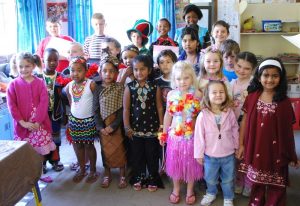 Students in Years 3 (Unit 3.8), 4 (Unit 4.4), 5 (Unit 5.4) and 6 (Unit 6.4) are reaping the benefits of their class election and moving on to plan a celebration for the last week of term. The theme of the celebration is “Diversity in Australia” and students will look back to the migrant group they studied earlier in the term to gain ideas to add to the celebration. Teachers can decide whether food will be included in this celebration, or not. If not, it is recommended that students prepare a menu of the sort of foods that their group might have at a celebration. Other aspects to include may be music, symbols and decorations or even national dress. Students in Year 3 will have chosen from a wide range of possible migrant groups earlier in the term or may also choose an Aboriginal or Torres Strait Islander group. Students in Year 4 will have concentrated on groups from South-East Asia and Australasia. Students in Year 5 will have chosen a group from Europe, Britain or Western Asia, whilst students in Year 6 will have chosen mainly groups of migrants from Asia. Some students may wish to include Aboriginal or Torres Strait Islander cultural representations in the celebration.
Students in Years 3 (Unit 3.8), 4 (Unit 4.4), 5 (Unit 5.4) and 6 (Unit 6.4) are reaping the benefits of their class election and moving on to plan a celebration for the last week of term. The theme of the celebration is “Diversity in Australia” and students will look back to the migrant group they studied earlier in the term to gain ideas to add to the celebration. Teachers can decide whether food will be included in this celebration, or not. If not, it is recommended that students prepare a menu of the sort of foods that their group might have at a celebration. Other aspects to include may be music, symbols and decorations or even national dress. Students in Year 3 will have chosen from a wide range of possible migrant groups earlier in the term or may also choose an Aboriginal or Torres Strait Islander group. Students in Year 4 will have concentrated on groups from South-East Asia and Australasia. Students in Year 5 will have chosen a group from Europe, Britain or Western Asia, whilst students in Year 6 will have chosen mainly groups of migrants from Asia. Some students may wish to include Aboriginal or Torres Strait Islander cultural representations in the celebration.
To complement this celebration, some students may have plants, from their Scientific Investigation, which can now be used in the celebration, either contributing resources, such as tomatoes, or perhaps flowering or having other characteristics which represent a migrant group.

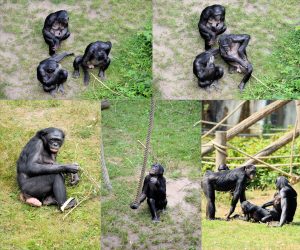

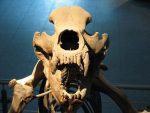
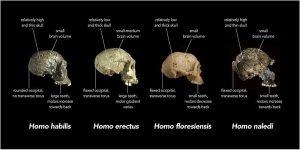 During September,
During September, 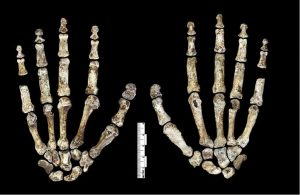 An interesting hominid was discovered in South Africa in 2014, named
An interesting hominid was discovered in South Africa in 2014, named 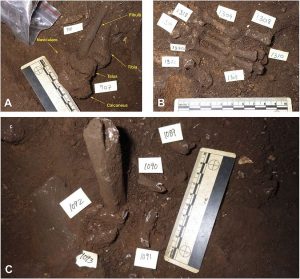 This year dates were
This year dates were 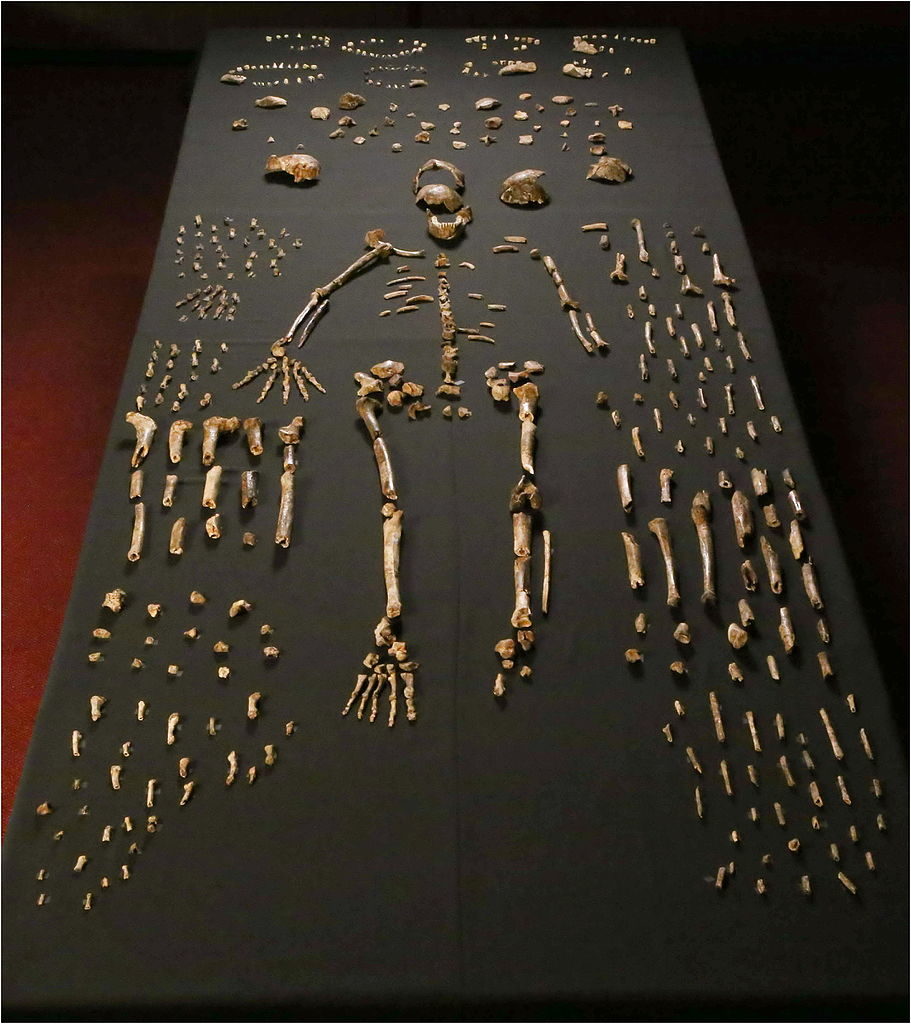
 Students in Foundation/Prep/Kindy (
Students in Foundation/Prep/Kindy ( Older students are completing their main term research projects by finishing their
Older students are completing their main term research projects by finishing their  Our youngest students (
Our youngest students ( Students in integrated Year 3/4 classes (
Students in integrated Year 3/4 classes ( Each year level focuses on a different aspect of Australian history and enough topics are supplied to ensure that each student is working on new information, even in multi-age classes. Instead of finding a continual stream of new, novel HASS units, or repeating material some students have covered before, OpenSTEM’s
Each year level focuses on a different aspect of Australian history and enough topics are supplied to ensure that each student is working on new information, even in multi-age classes. Instead of finding a continual stream of new, novel HASS units, or repeating material some students have covered before, OpenSTEM’s 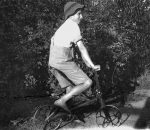 Students in Foundation/Prep/Kindy (
Students in Foundation/Prep/Kindy (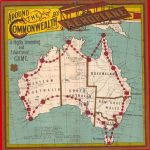 Older students are expected to analyse their Data in increasing detail relevant to their year-level, as well as listing sources in the Method section of their
Older students are expected to analyse their Data in increasing detail relevant to their year-level, as well as listing sources in the Method section of their
The material is much more interesting. When I discussed a topic later in the term, I found that the students…
Laura Davidson, Teacher